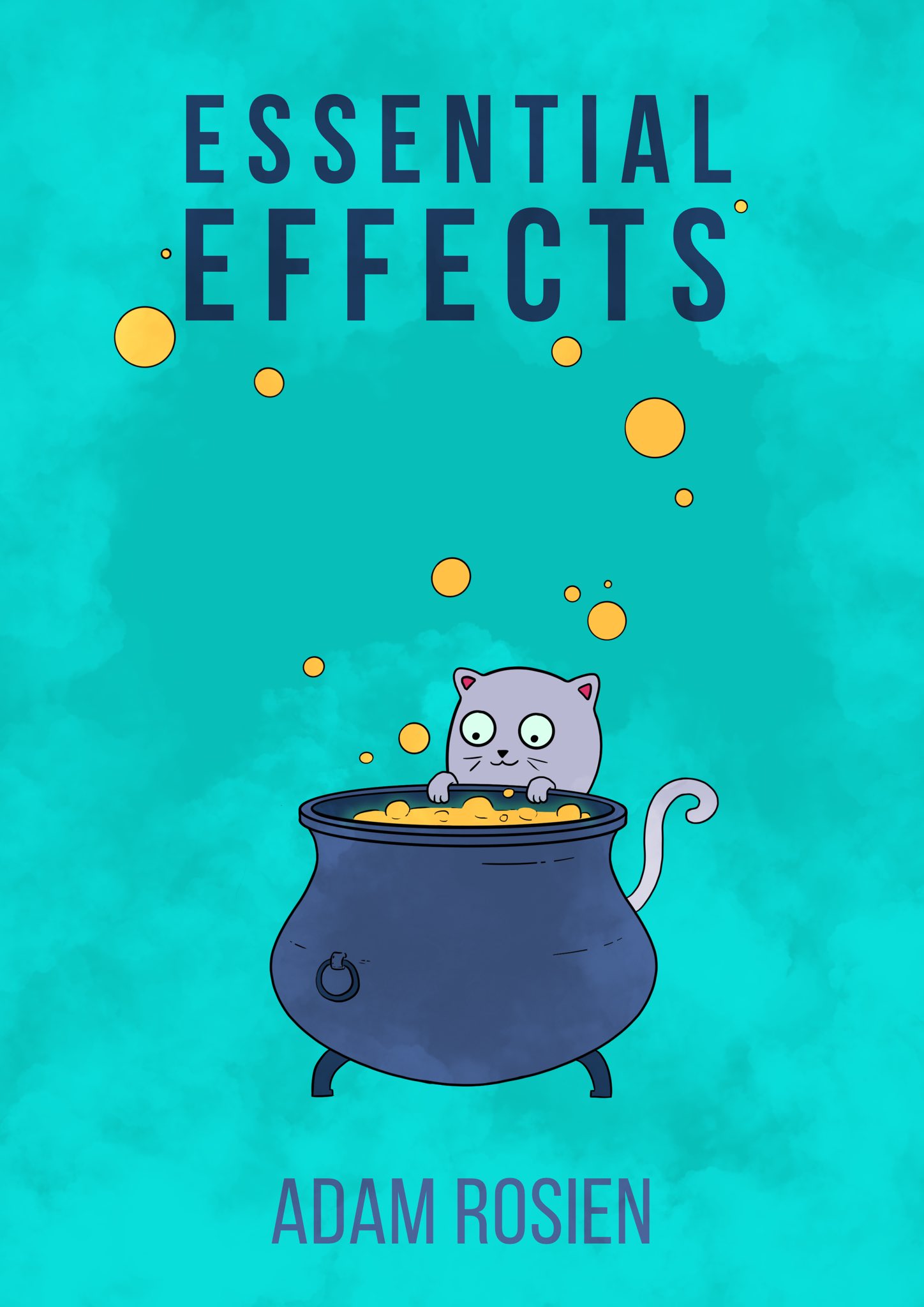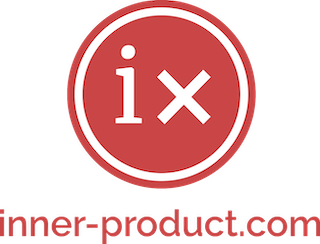
Early access is available now!
What people are saying:
If you’re at all interested in FP in Scala, buy Essential Effects by @arosien — it’s a fantastic overview of Cats Effect!
I can confirm that Essential Effects is really good. A great practical guide to Cats Effect.
If you do #Scala this is a *must buy*. Go for it. If you miss it, you'll regret it!
Can confirm this book is legit. I'd easily recommend it to anybody getting into Scala or wanting to learn pure functional programming with Cats Effect.
I've been working through a reviewer copy and it's great. Full of stuff I wish I had in one place when I was learning this. Plenty of things I missed and have now learned.
This [...] is exactly the kind of introduction to concurrency I wish I had had :)
Describing IO like that really helped me understand it!
Essential Effects is now available for early access.
Buy the book!Sign up to the newsletter to stay updated on the book's progress.
Cats Effect is a Scala library that makes it easy to write code that effectively uses multiple cores and doesn’t leak resources. This makes building complex applications, such as highly concurrent services, much more productive. Essential Effects aims to introduce the core concepts in Cats Effect, giving you the knowledge you need to go further with the library in your own applications.
This book is for you if:
- You've heard about "programming with effects" but want to learn more.
- You want to know the basics of Cats Effect.
- You, your team, or your organization is refactoring your code from Future to IO, or is considering doing so.
- Your existing parallel and concurrent code is a tangled mess, or a confusing black box, and you're not sure how to approach fixing it.
Essential Effects will teach you to:
- Understand the meaning and role of side-effects and effects.
- Understand how to encapsulate side-effects in a safer form.
- Use parMapN and other combinators to run effects in parallel.
- Fork independent work into concurrent tasks, then cancel or join them.
- Learn how to separate CPU-bound work from blocking, I/O-bound work.
- Integrate callback-based code, like scala.concurrent.Future, into a safer, effect-based interface.
- Build and combine resource-leak-proof dependencies for applications.
- Test code that performs multiple effects like concurrency and I/O.
